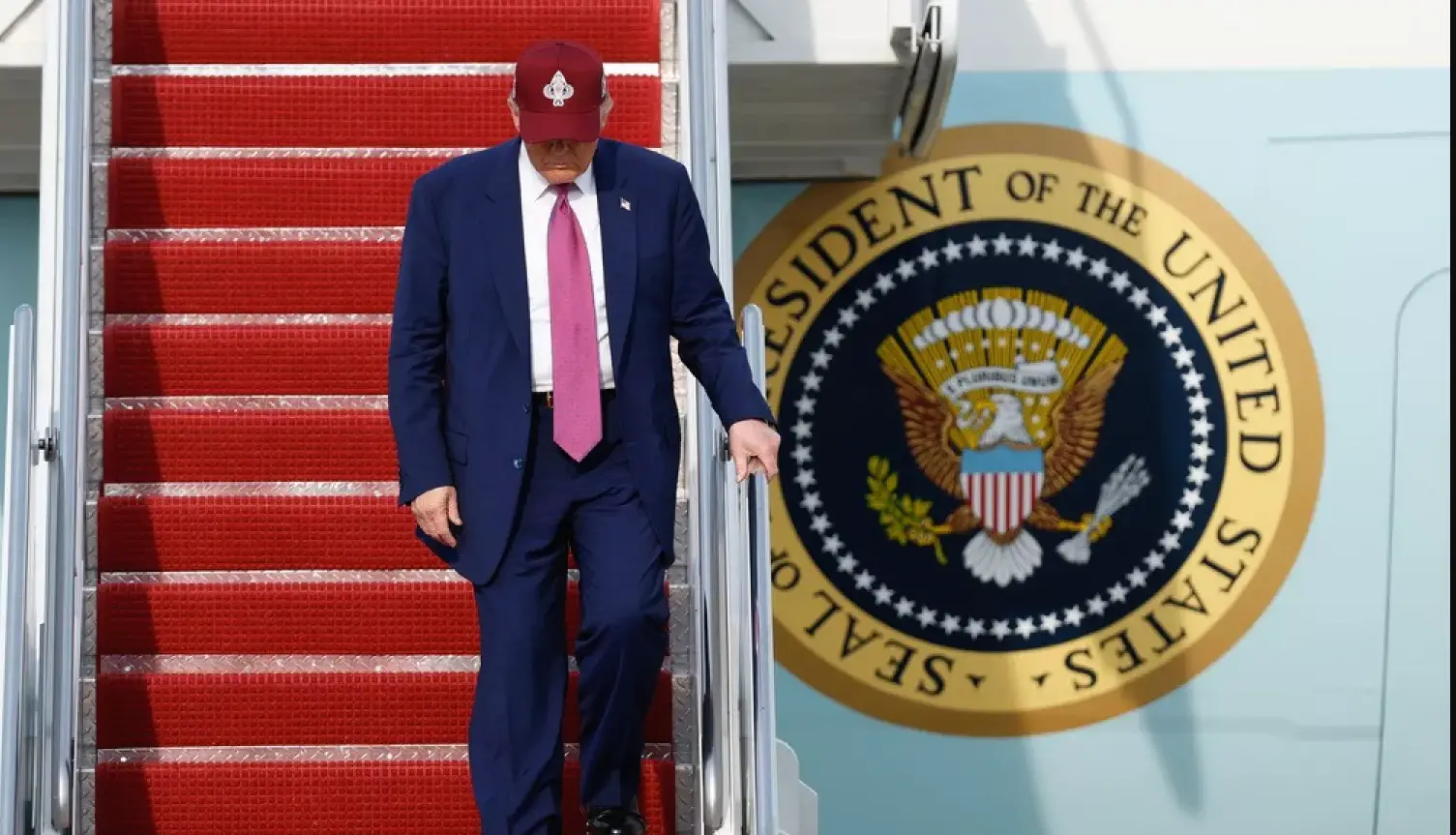“Reciprocal tariffs” is the term President Trump uses to describe import taxes aimed at countering the industrial policies (tariffs, subsidies, preferential government purchasing, etc.) of other countries—policies which, according to the White House, have “exploited the United States.”
These tariffs violate World Trade Organization (WTO) rules and agreements such as CAFTA. Even countries with economies far smaller than that of the U.S., and which have strictly adhered to such trade agreements, have been penalized. Take Costa Rica, for instance. Trump pulled a trick out of his sleeve by slapping a 10% tariff on its exports, arguing—falsely—that the country is “exploiting” the U.S.
This claim is based on Costa Rica’s consumption tax on alcoholic beverages based on alcohol content, its preference for state entities to contract with one another, sanitary and phytosanitary requirements for certain imports, the ban on potato imports and supposed inadequacies in protecting intellectual property rights. The absurdity of these arguments is as glaring as the order to exclude Huawei from competing in the country’s 5G rollout (unfortunately obeyed by Costa Rica), ostensibly to prevent espionage—on military, space, or industrial technology?
In China’s case, the high tariffs imposed on its exports to the U.S. are, according to Trump, meant to counter unfair competition resulting from Chinese state support to its industries. “The visible” hand of the Chinese state, he claims, gives the country an edge that allows it to exploit the United States. This implies that the U.S. offers no subsidies or targeted support to its own productive sectors and that its economy runs purely on the invisible hand of the market.
Nothing could be further from the truth. The massive subsidies and protectionism with which the U.S. supports its agricultural sector are well known. But let’s focus on the enormous state benefits received by companies in the high-tech sector, where the U.S. has secured a strong global presence.
For instance, massive public investments in the U.S. led to the invention of the internet, GPS, touchscreen displays and other communication technologies, all of which enabled Apple to create the iPhone, iPod and iPad. As economist Mariana Mazzucato (University College London) points out, most users of Apple products are unaware that the core technologies in these devices were made possible by the U.S. government investing billions of dollars over many years.
Beyond the “free” use of state-developed technologies, Apple also received multi-million-dollar gifts from the government to support its innovation efforts in the computing industry. This practice of publicly subsidizing so-called “champion” companies—chosen not by the market, but by the state—continues today. It’s a core element of the CHIPS and Science Act, passed in 2022, which allocates $174 billion to R&D and $63 billion in direct transfers and tax breaks to selected companies. Similarly, the Inflation Reduction Act (2022) includes $370 billion in incentives to support companies developing technologies and products in the clean energy sector.
Rather than placing blind faith in the market’s supposed ability to allocate resources efficiently, the U.S. has implemented industrial policies similar to those credited for China’s competitive success.
It’s common to admire certain products for their technological quality, their benefits to society, or their profitability—and to attribute these achievements to figures like Steve Jobs, Mark Zuckerberg, Bill Gates, Elon Musk, Jeff Bezos, Sam Altman, or Larry Page. Without a doubt, these exceptional entrepreneurs and innovators possess brilliant minds, a drive for excellence, a tolerance for risk and a vocation for hard work. But without the state’s involvement in developing foundational technologies and providing subsidies—funded by taxpayer dollars—these innovators wouldn’t have even made it to first base.
In reality, the U.S. has followed a strategy similar to the one it accuses China of: massive public spending to make its companies and products viable and competitive and to drive national development.
Indeed, the competitive success achieved by China and the U.S.—alongside the European Union, South Korea, Taiwan, Japan and Singapore—under the visible hand of the state highlights not only the irrelevance of neoliberal preaching about the benefits of the free market but also the value of pragmatic, eclectic and non-dogmatic economic policies. Conversely, the failure of most Latin American countries—whether neoliberal or socialist—as well as of pre-Deng Xiaoping China and both Soviet and post-Soviet Russia, stems from their rigid dogmas and simplistic economic thinking, detached from both reality and sound analysis.
The key lesson for policymakers, especially those at the right of the political spectrum, is not whether the state should intervene in the economy or interfere with market forces. The real question, as history shows, is when, where and how should the state intervene. The same applies to those policymakers on the left; the issue is not whether to let market forces and private enterprise play a key role in the economy, but —as Deng Xiaoping asked— when, where and how.
In the U.S., this pragmatic approach dates back to its founding under Alexander Hamilton and has persisted despite recurring waves of extreme free-market rhetoric. Even Ronald Reagan didn’t attempt to dismantle the state’s strong economic role—he maintained agricultural subsidies and public investment in R&D through agencies like DARPA, NIH, the Department of Defense and NASA, along with grants to universities and private firms.
That’s why Trump is throwing stones at his own roof when he justifies his reciprocal tariffs as a way to counter government support or market distortions used by other countries to help their companies compete.
*Machine translation proofread by Ricardo Aceves.











